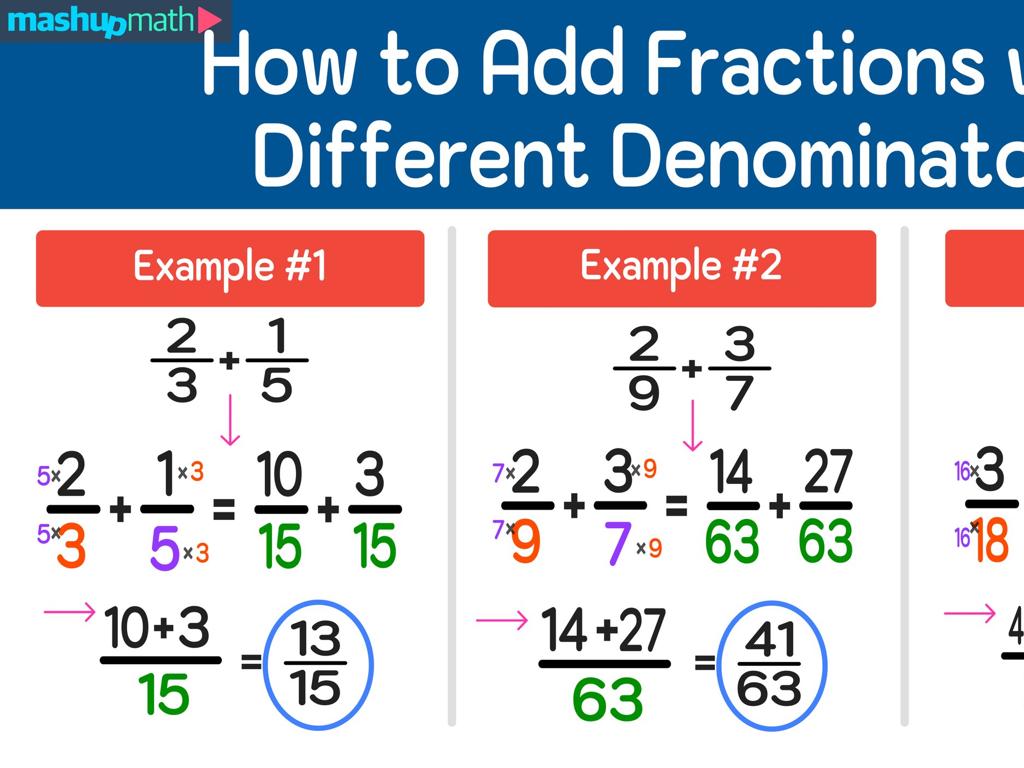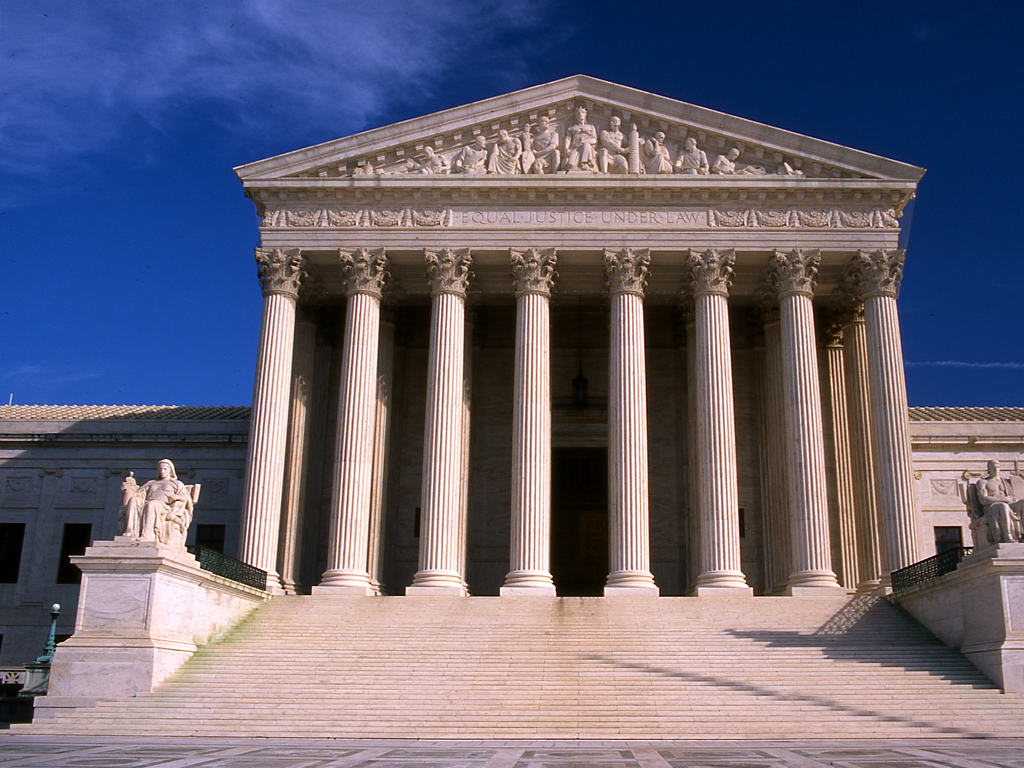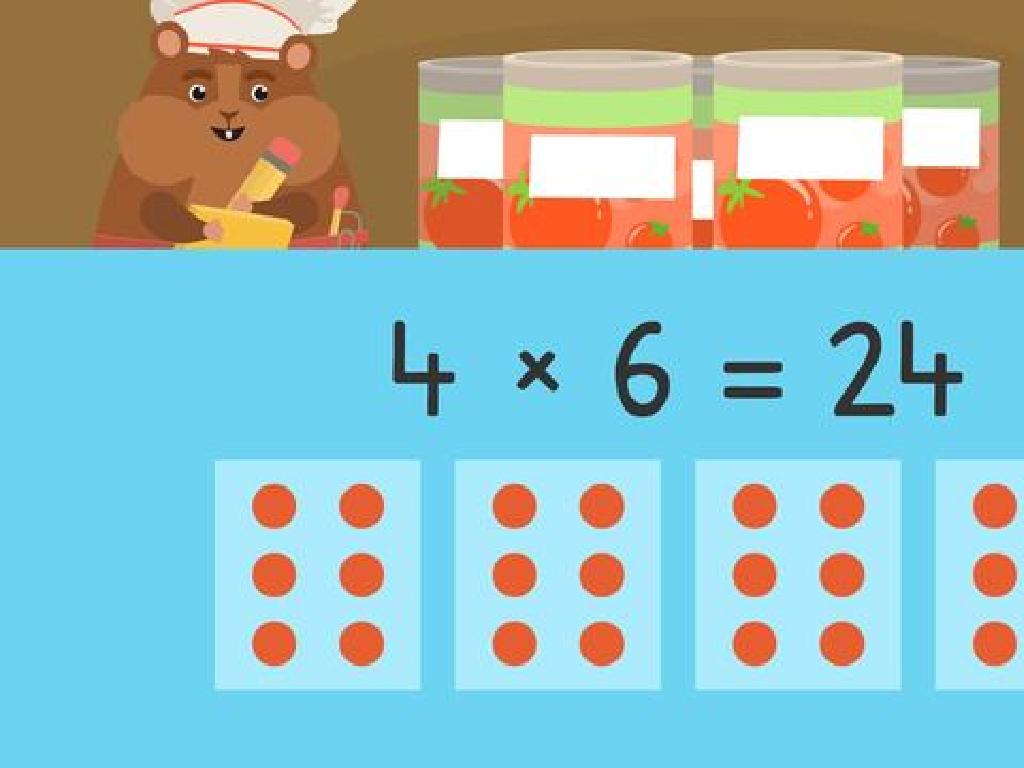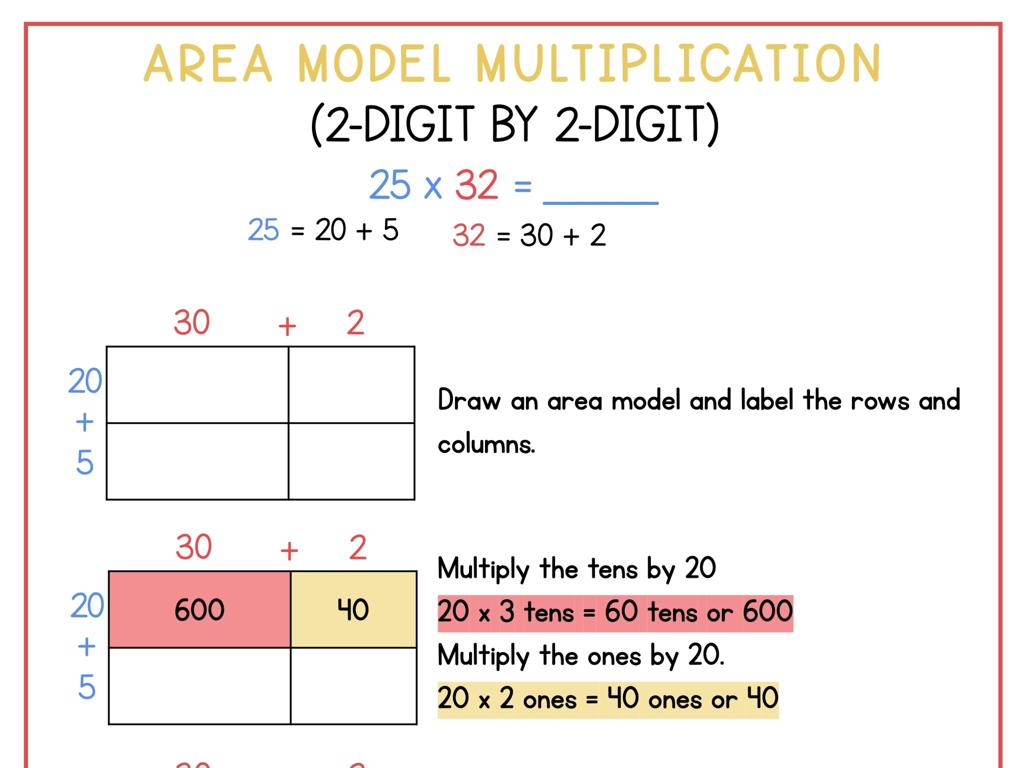Seeing The Consequences
Subject: Life skills
Grade: High school
Topic: Social Media Literacy
Please LOG IN to download the presentation. Access is available to registered users only.
View More Content
Seeing the Consequences of Social Media Posts
– Grasp social media’s influence
– Today’s focus: Post consequences
– Importance of thoughtful posting
– Posts can go viral and affect future opportunities
– Reflect before sharing online
– Consider privacy, audience, and potential impact
|
This slide introduces students to the significant impact social media can have on their lives and the importance of being mindful about what they share online. Emphasize that once something is posted, it can be difficult or impossible to take back. Discuss how posts can spread rapidly and potentially reach a much wider audience than intended, including future employers or colleges. Encourage students to think about the long-term consequences of their online actions, such as the impact on their reputation and personal relationships. Use real-life examples to illustrate these points and encourage an open dialogue about responsible social media use.
Understanding Social Media Literacy
– Define Social Media Literacy
– The ability to use social platforms responsibly and critically.
– Explore key components
– Safety, Privacy, Responsibility: the pillars of social media use.
– Literacy for informed decisions
– How literacy leads to better choices online.
– Empowerment through literacy
|
Social Media Literacy is the skill set that enables people to critically navigate, evaluate, and create information on social media platforms. It encompasses understanding how to use these platforms safely, respecting privacy, and taking responsibility for one’s actions online. By becoming literate in social media, users are empowered to make informed decisions, recognizing the potential consequences of their digital actions. This literacy is crucial for high school students as they are active users of social media and are at a stage where they are shaping their digital identities. Discuss the importance of each key component and provide examples of how informed decisions can protect and empower them online.
Case Studies: Consequences on Social Media
– Viral post with negative impact
– A joke taken out of context can lead to widespread criticism.
– The risks of oversharing online
– Sharing too much can invite privacy breaches and cyberbullying.
– Immediate fallout from social media actions
– Long-term repercussions for digital behavior
– Online reputation can affect future job prospects and personal relationships.
|
This slide aims to make students aware of the potential consequences of their actions on social media. The first scenario should discuss how something meant to be humorous can quickly become a source of humiliation or controversy if misinterpreted by a wider audience. The second scenario highlights the dangers of providing too much personal information, such as location or contact details, which can lead to serious privacy issues or unwanted attention. Discuss how the immediate consequences, like embarrassment or account suspension, can evolve into long-term issues, including damage to one’s online reputation, which can impact future employment opportunities and personal relationships. Encourage students to think critically about what they share and how it can be perceived.
The Ripple Effect of Social Media Posts
– One post’s widespread impact
– A single post can go viral, affecting many people’s views and emotions.
– Rapid information spread online
– Social media platforms are designed to share information quickly and broadly.
– Personal consequences of posts
– Posts can affect your reputation, privacy, and future opportunities.
– Impact on others and society
– Your content can influence or harm others, intentionally or not.
|
This slide aims to make students aware of the far-reaching consequences that can result from their actions on social media. It’s crucial to discuss how quickly information can spread online and how a single post can go viral, impacting not just the poster but also countless others. Emphasize the importance of thinking before posting, considering the potential personal repercussions, such as damage to one’s reputation or future prospects. Additionally, highlight the social responsibility each individual holds when sharing content that could influence or harm others. Encourage students to share their thoughts and experiences related to the ripple effect of social media posts.
Thinking Before Posting: The S.T.O.P. Method
– Understand the S.T.O.P. method
– Stop before you post, Think about the content, Observe how it might be perceived, Plan the impact
– Apply S.T.O.P. to social media
– Before sharing online, use S.T.O.P. to consider the potential consequences
– Examples of responsible posting
– Sharing achievements responsibly, posting with kindness and respect
|
This slide introduces the S.T.O.P. method as a tool for social media literacy, emphasizing the importance of thinking before posting. The method serves as a guideline for students to Stop and halt before impulsively posting, Think about the message and its implications, Observe the potential reach and impact on others, and Plan how it aligns with their personal values and the image they want to portray online. Provide examples such as congratulating a friend on an achievement or promoting a community event as responsible posting. Encourage students to always consider the long-term effects of their digital footprint. The goal is to foster a mindful approach to social media that promotes positive online behavior and digital citizenship.
Privacy Settings and Digital Footprint
– Manage your digital footprint
– Your online activity can be tracked and traced back to you.
– Utilize privacy settings effectively
– Adjust settings to control who sees your information.
– Online actions are permanent
– Once posted, content can be difficult to erase.
– Impact of digital footprint on future
– Colleges and employers may review your online presence.
|
This slide aims to educate students on the importance of managing their digital footprint and the use of privacy settings on social media. Emphasize that everything they do online can contribute to their digital footprint, which can be positive or negative. Explain how privacy settings can help control who sees their information and activities. Highlight the permanence of online actions, stressing that posts, comments, and photos can remain on the internet indefinitely, even after deletion attempts. Discuss real-life consequences, such as how a negative digital footprint can affect college admissions and job opportunities. Encourage students to conduct a ‘digital footprint audit’ to see what information about them is publicly available and to adjust their privacy settings accordingly.
Activity: Consequence Mapping on Social Media
– Map outcomes of a social media post
– Work in groups, discuss outcomes
– Learn to foresee consequences
– Consider both positive and negative outcomes
– Evaluate potential consequences
– Assess impact on personal and professional life
|
This class activity is designed to help students understand the far-reaching impact of their actions on social media. Students will work in groups to choose a hypothetical social media post and map out the potential short-term and long-term outcomes. They should consider both positive and negative consequences and discuss how these outcomes could affect their personal and professional lives. Teachers should guide the discussion and ensure that each group considers a variety of scenarios. Possible activities include creating a visual map of outcomes, role-playing different scenarios, or writing a reflective essay on the consequences of a past social media post.
Conclusion: Reflecting on Social Media Consequences
– Recap of social media literacy
– Open Q&A session
Share your thoughts or ask about today’s content.
– Strategies for mindful usage
Use tools like screen time limits and purposeful engagement.
– Commitment to responsible use
Pledge to think before posting and consider the impact.
|
This slide aims to wrap up the session by summarizing the key points discussed about social media literacy. It’s crucial to open the floor for any questions the students might have, allowing them to clarify their doubts and express their thoughts. Encourage them to adopt strategies for mindful social media use, such as setting screen time limits and engaging with content purposefully. Finally, inspire students to make a personal commitment to use social media responsibly, emphasizing the importance of thinking before posting and understanding the potential long-term consequences of their online actions. This reflection will help solidify their learning and promote better digital citizenship.





